One element which plays a major role in mid-century modern interiors is the richness of color. Most interior designers creating in this style opt for including a handful of rich colors to place amongst various grounding themes.
However, simply because there are colors, decorations, and other interior design elements at play does not mean that the mid-century modern look should be eclectic or bohemian in terms of how chaotic it is. It’s definitely not boring, with varying pieces of decor, from paintings to glass sculptures, but everything does have a place and is placed strategically to preserve balance all across the room.
A great example of how to bring this balance of order and chaos is with the decor. You can have plenty of paintings all across the room that speaks to the room’s aesthetics, creating a bit of uniformity. But you can also get creative with their placement; some can be hung on the walls, others can be placed on the floor, leaning against the walls.
But Give One Aspect an Edge
Keeping the balance between order and chaos should be important in any interior design, not just mid-century modern. However, to give your interior a more personal or one would even call it a “human” touch, you can give one side of the order-chaos spectrum a little edge.
This does not mean clogging up the interior with decor and dozens of colors, but it does mean going a little eclectic. On the other hand, you could give order a bit of an edge and focus more on having everything be in its place. It’s up to you how to balance order and chaos in a mid-century modern interior.
To recap, mid-century modern creates just enough homogeneity in the room so that it does not overcrowd the senses, but also enough heterogeneity that it creates a bit of vibrancy and an eccentric atmosphere.
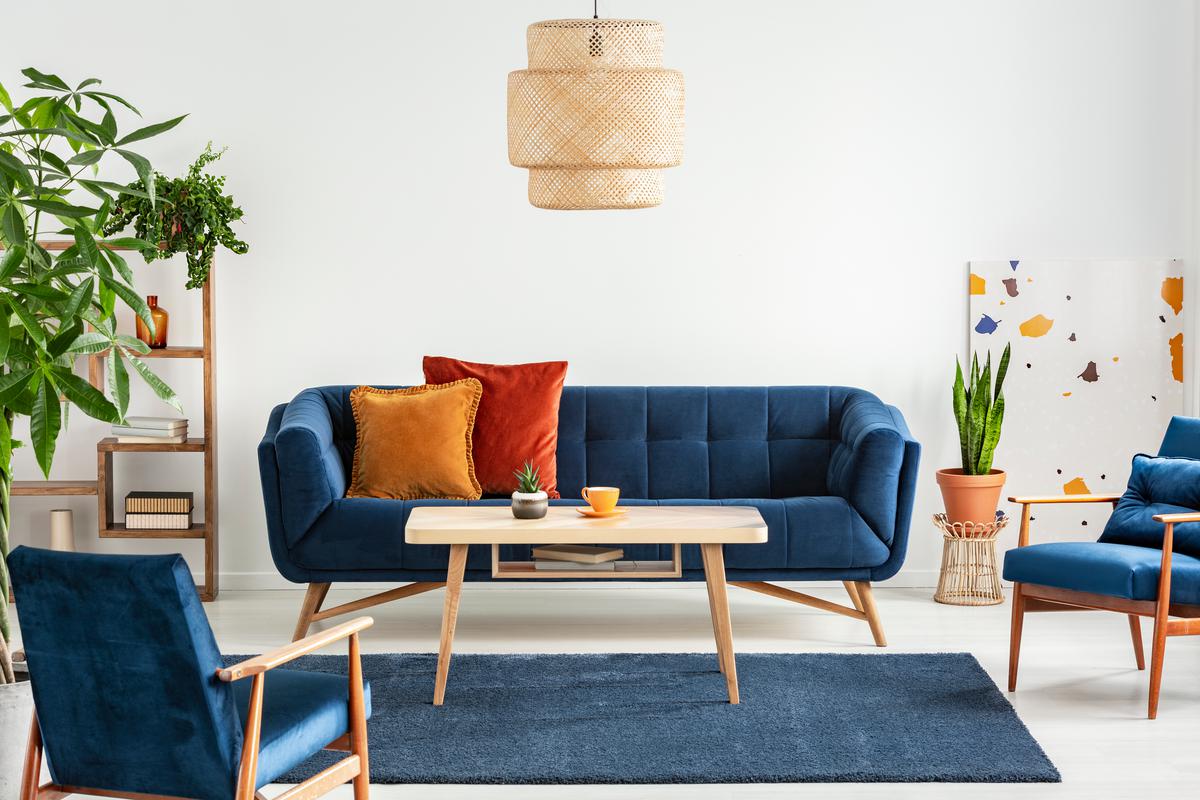
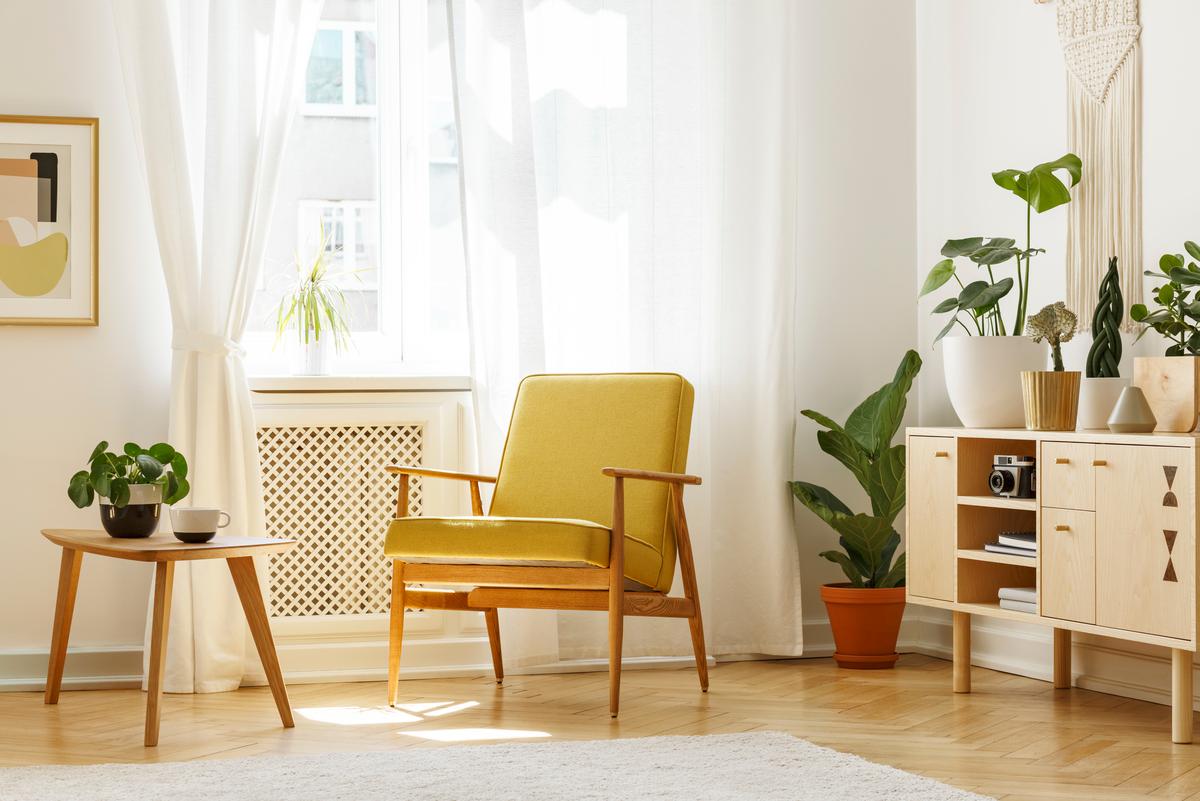
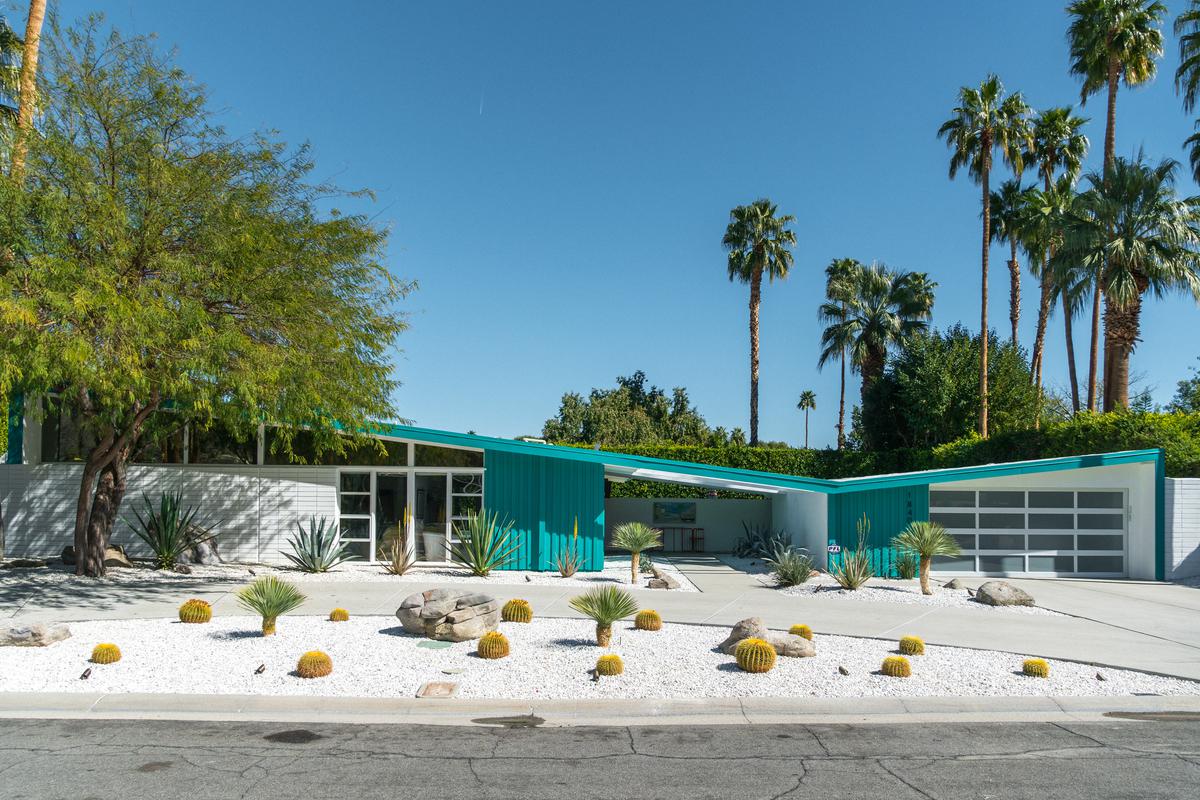
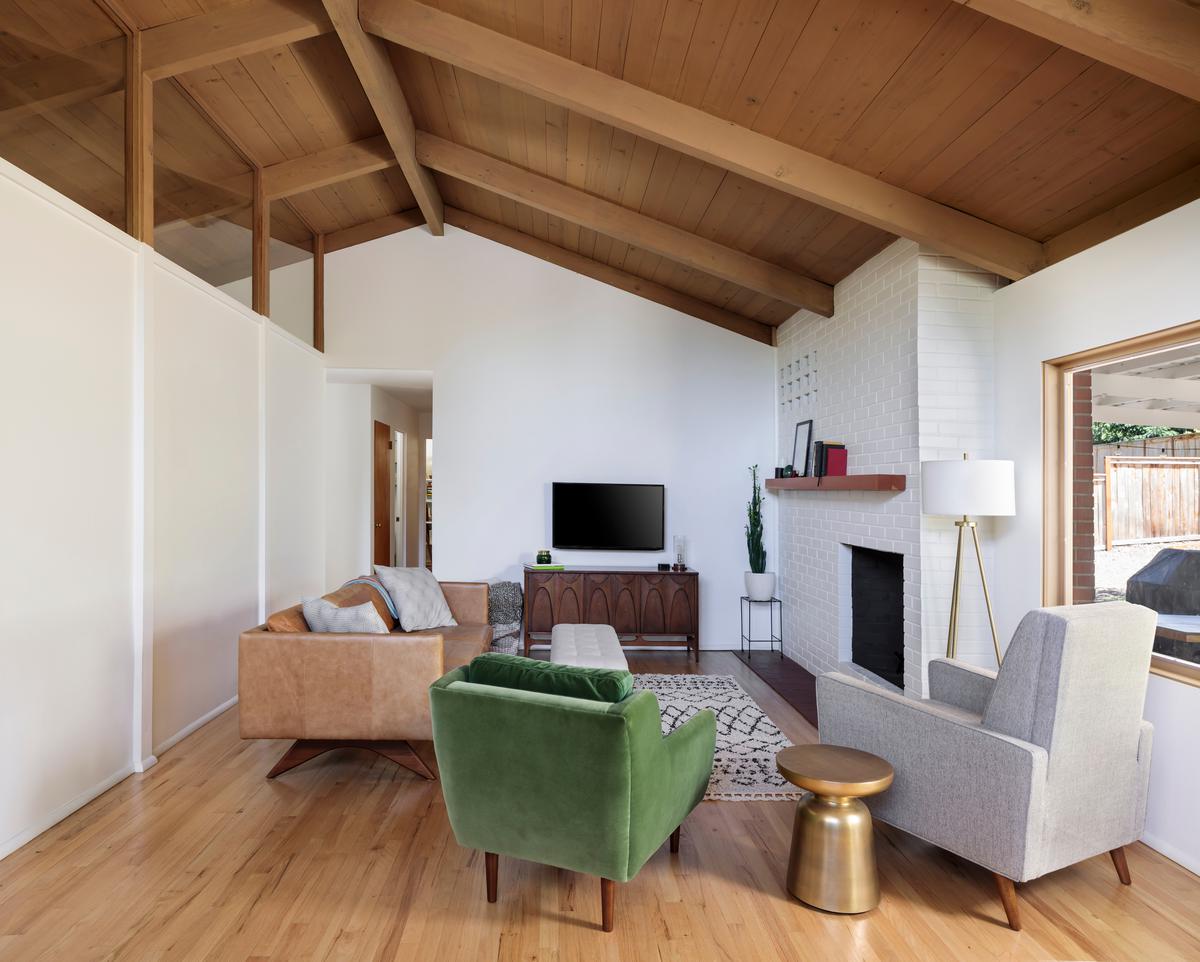
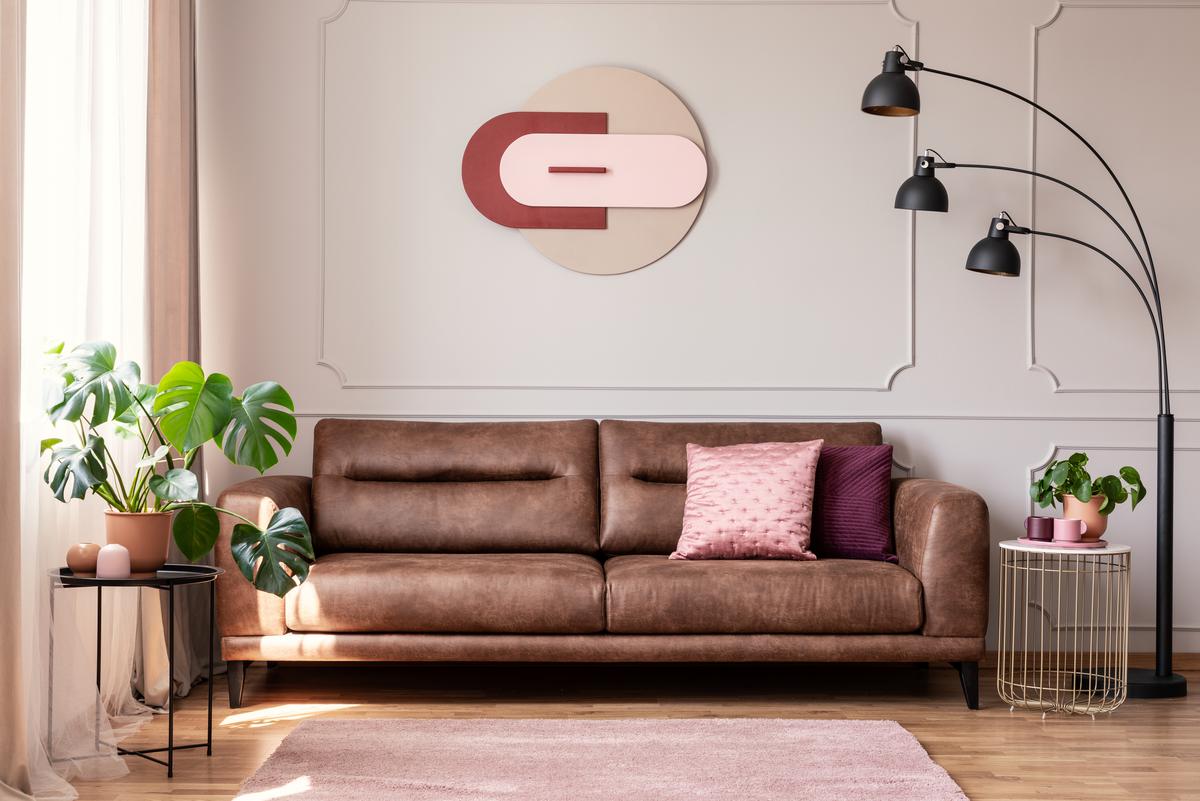
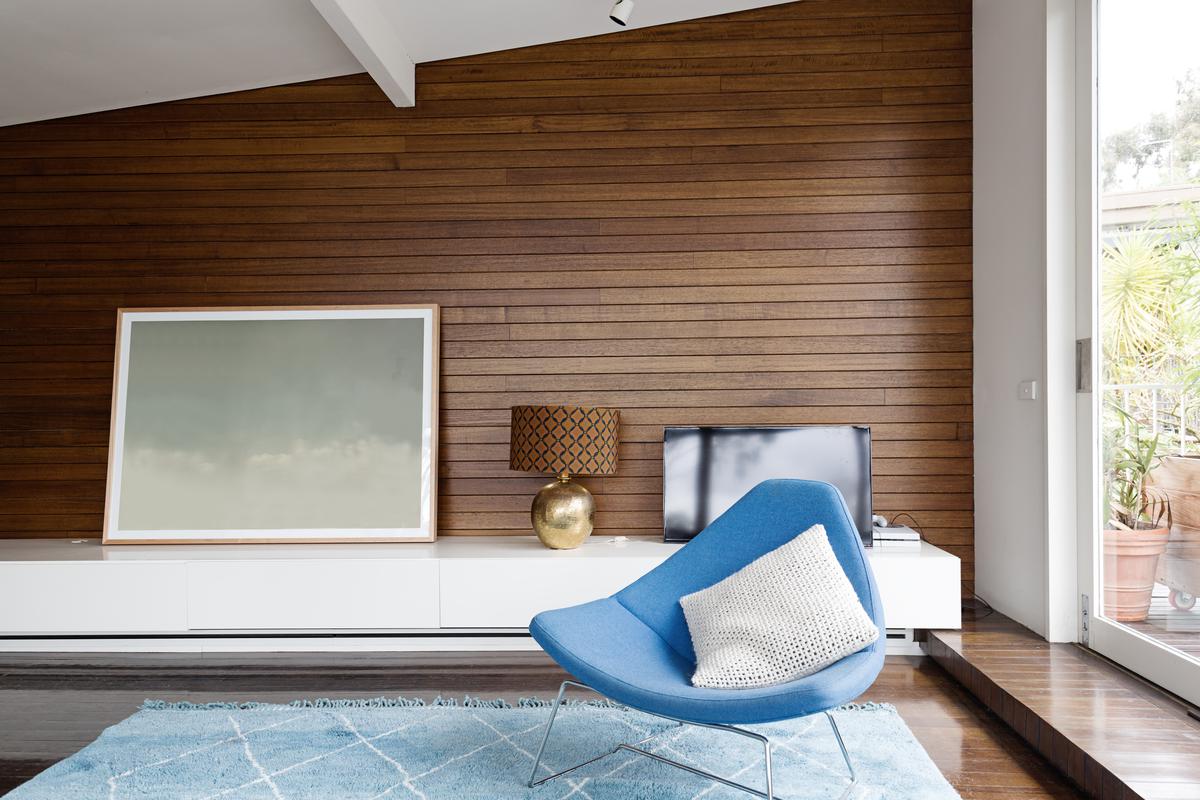
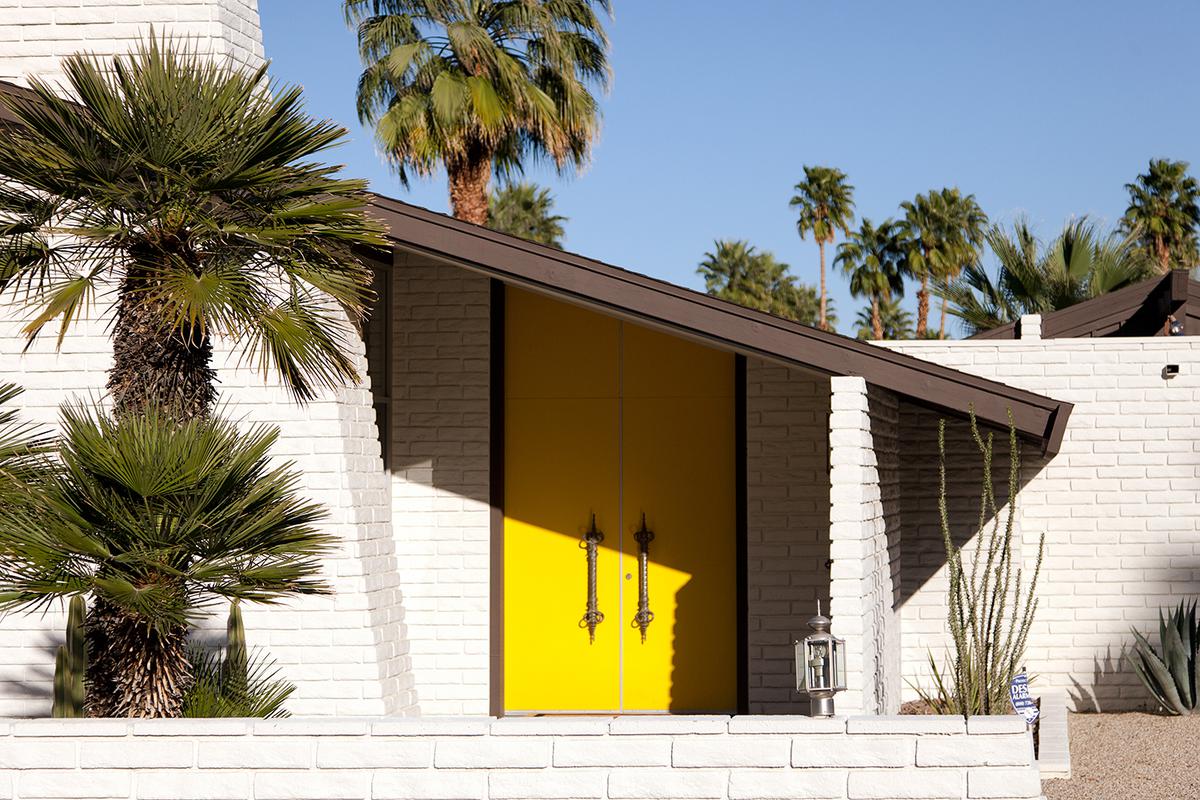
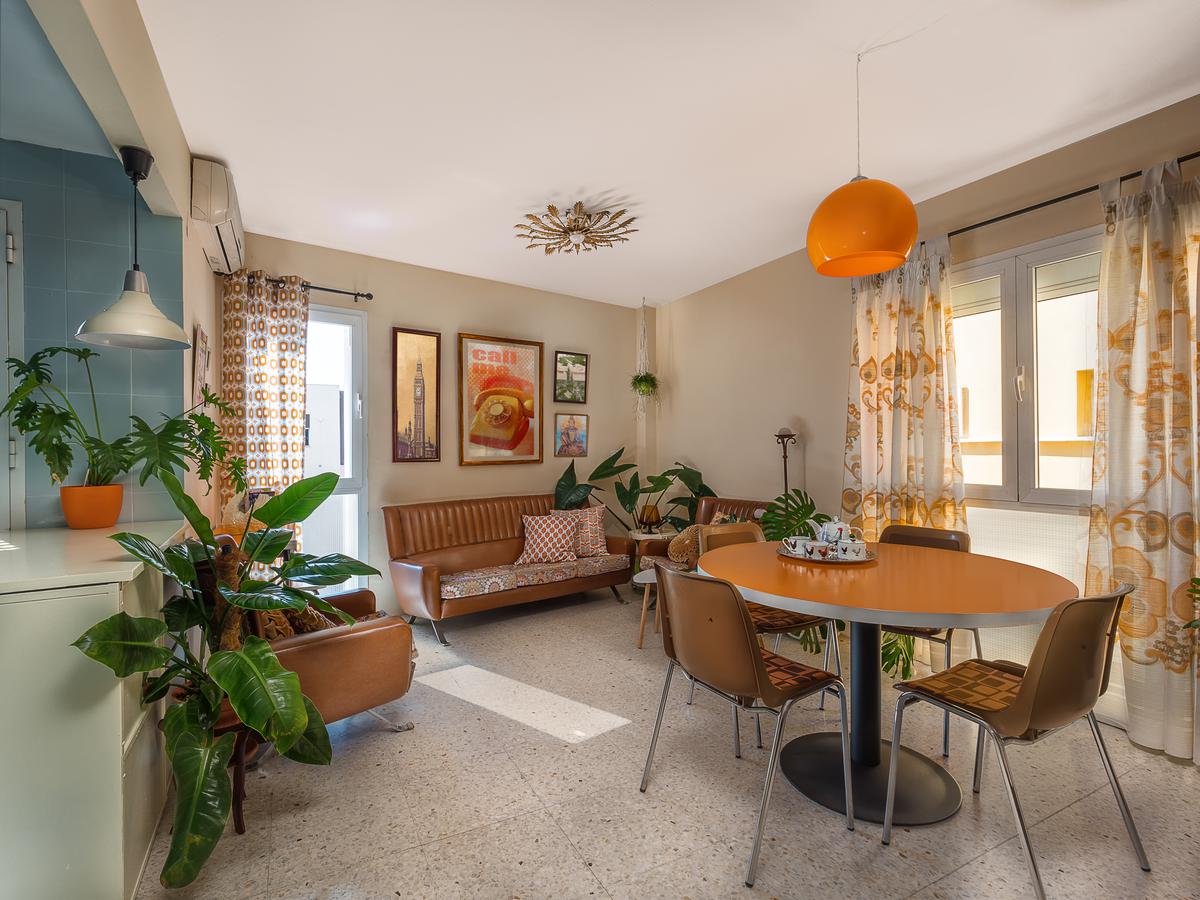
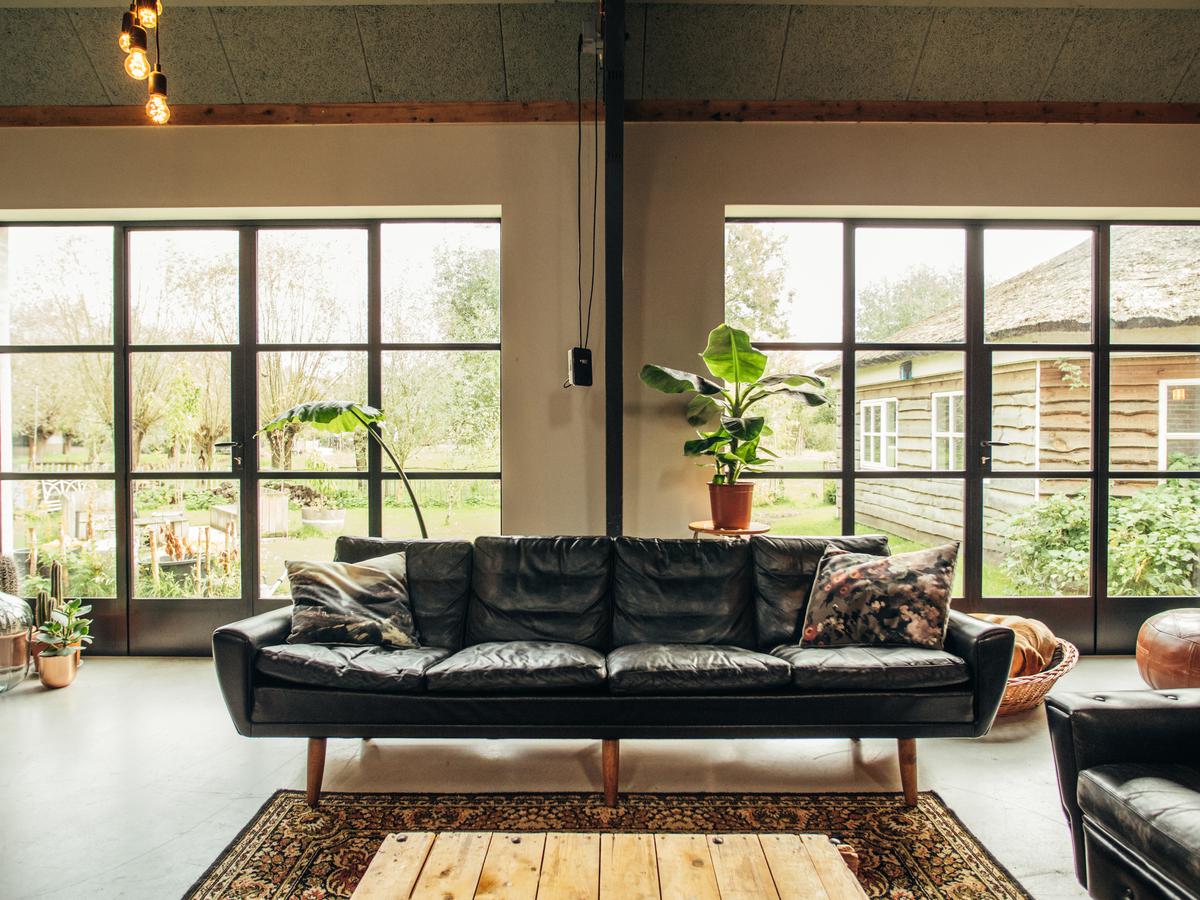
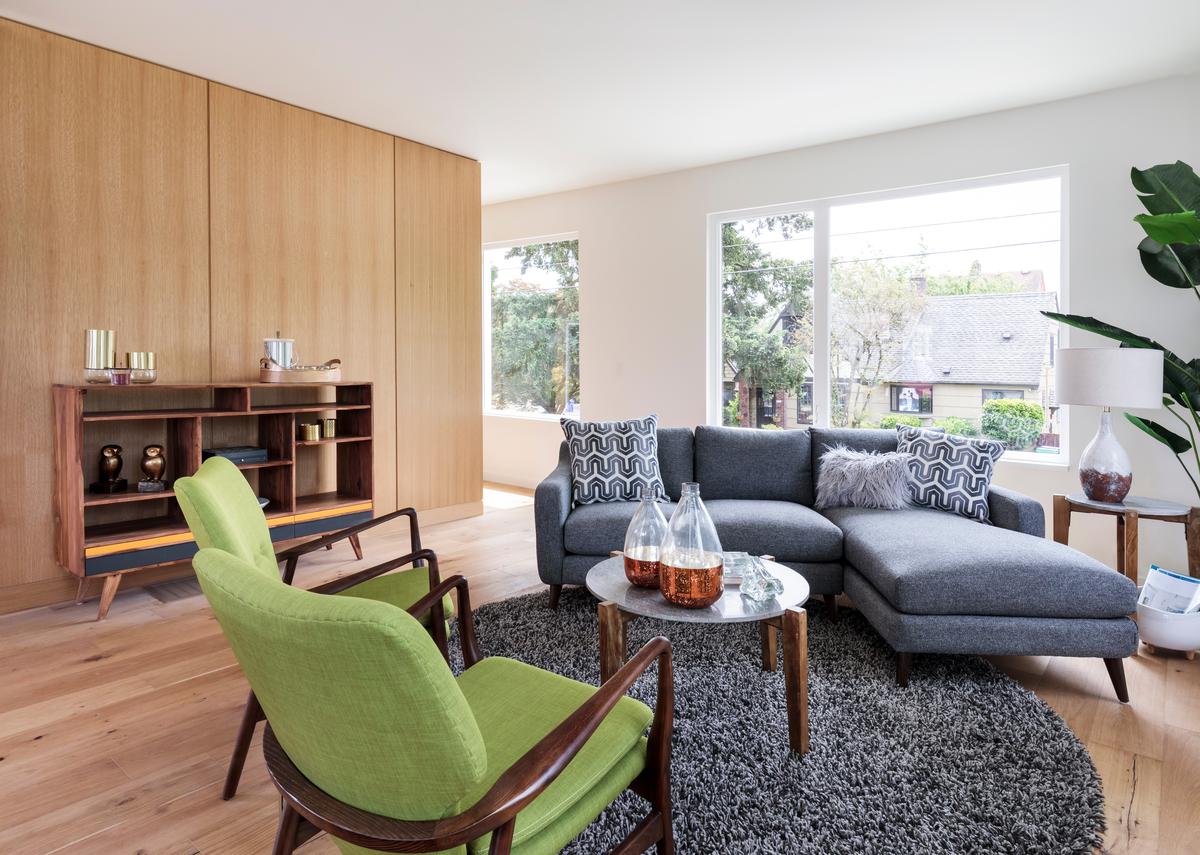

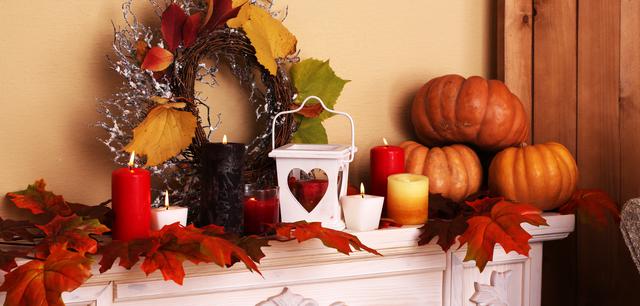


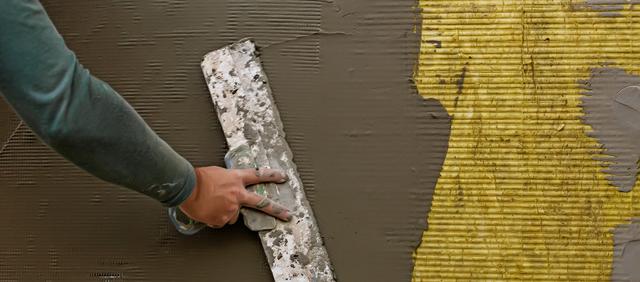
comments